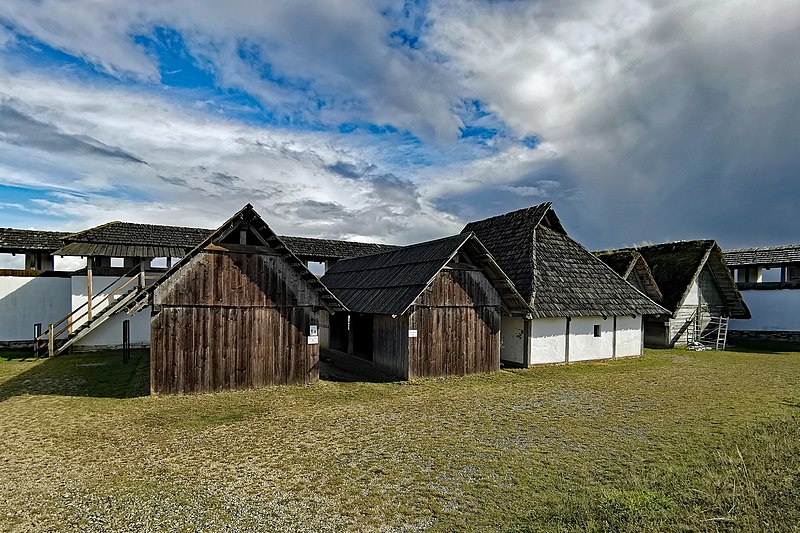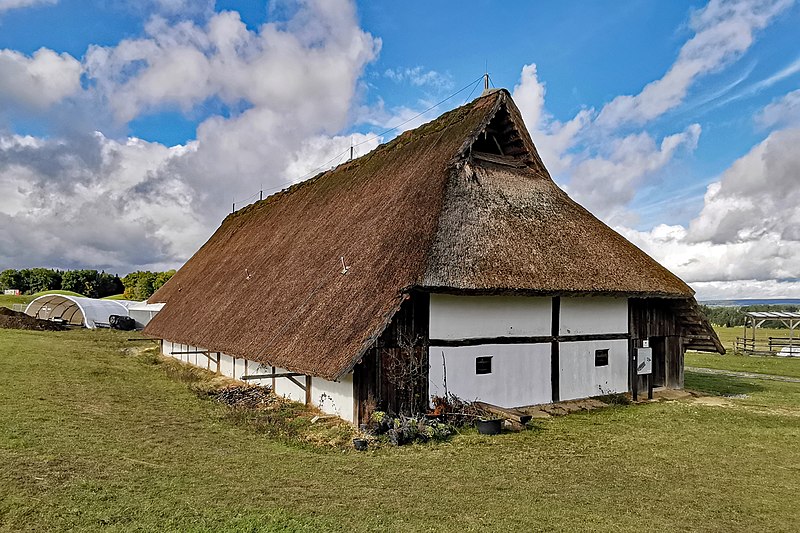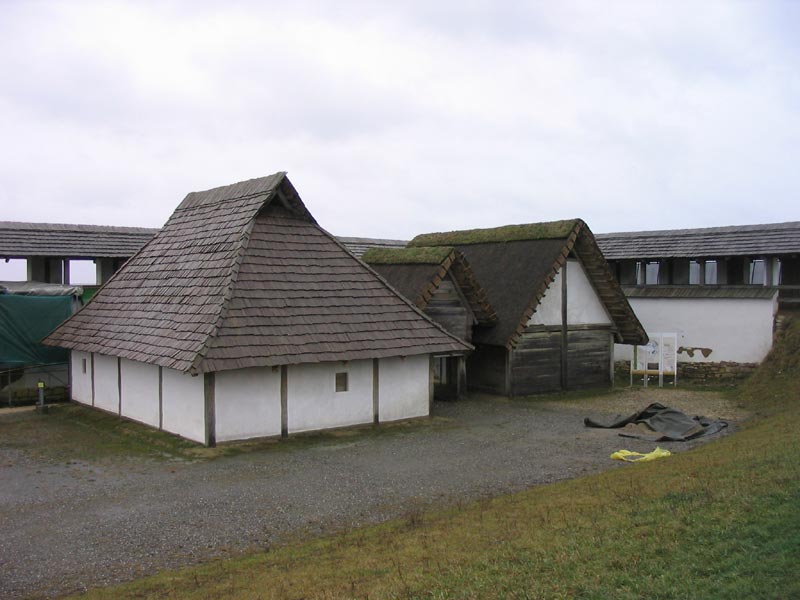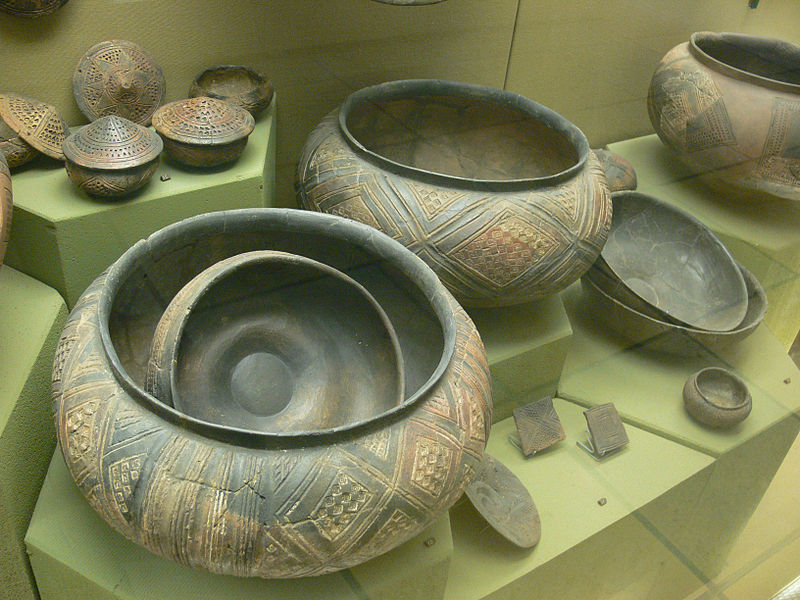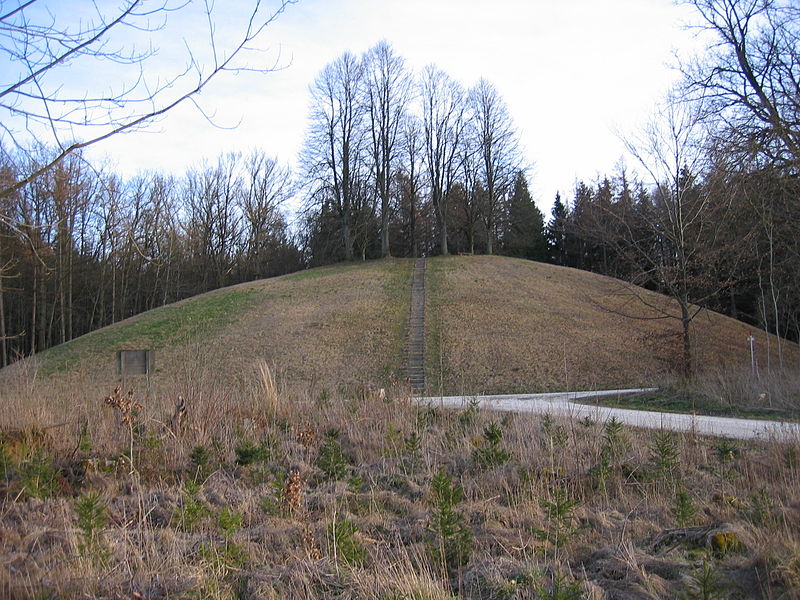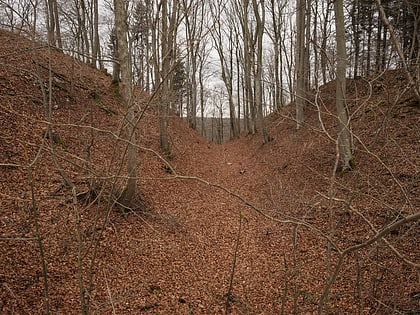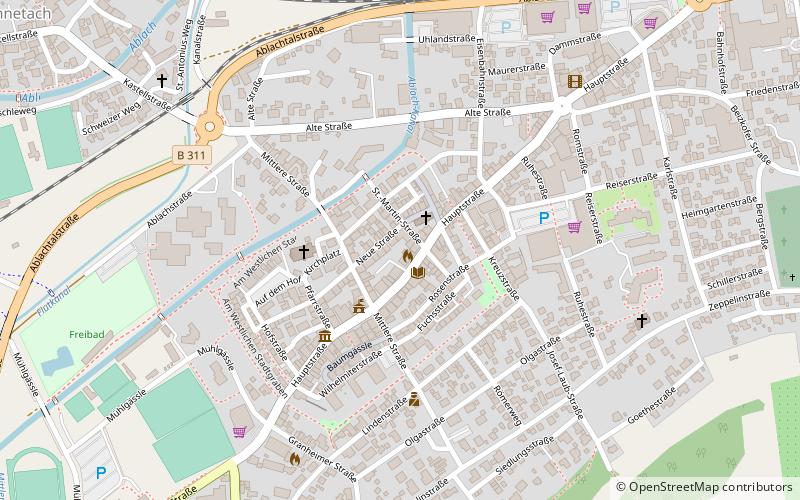Heuneburg
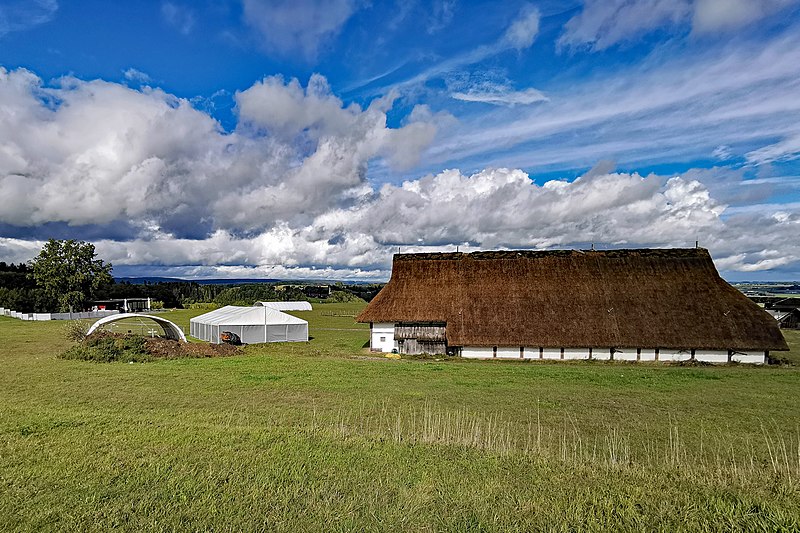
Facts and practical information
Heuneburg, Germany, is a testament to the rich tapestry of European history, offering a unique glimpse into the world of the early Celts. This ancient hilltop settlement, now a fascinating open-air museum, is nestled in the idyllic landscape of Baden-Württemberg, overlooking the Danube river. The site dates back to the 6th century BCE and is considered one of the earliest urban centers north of the Alps.
The Heuneburg complex is renowned for its impressive fortifications, which once included a massive mud-brick wall that stood as a formidable defensive structure. Archaeological excavations have unearthed a wealth of artifacts, revealing the settlement's significance as a trading hub and its cultural connections with the Mediterranean world.
Visitors to Heuneburg can immerse themselves in the Celtic way of life through the reconstructed buildings that dot the landscape. The museum provides a tangible connection to the past, with exhibits showcasing intricate jewelry, pottery, and tools that illustrate the craftsmanship and daily life of the Heuneburg inhabitants.
The site also features a visitor center, where guests can embark on guided tours that delve into the mysteries of this ancient civilization. Educational programs and interactive exhibits make Heuneburg an engaging experience for history enthusiasts of all ages.
Heuneburg – popular in the area (distance from the attraction)
Nearby attractions include: Sonnenhof-Therme Bad Saulgau, Alte Burg, Church of St. Nicholas, Loretokapelle.


